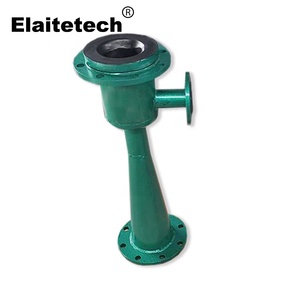Understanding Motionless Static Mixers
A motionless static mixer is an innovative device engineered to mix two or more fluids without the need for moving components. These mixers leverage the principles of fluid mechanics to enhance mixing efficiency and deliver consistent results across various applications. Unlike traditional mixers, motionless static mixers utilize strategically designed internal elements to create turbulence and achieve uniform blending without the input of mechanical energy.
Types of Motionless Static Mixers
Motionless static mixers are available in various configurations to accommodate different mixing requirements and flow rates. Below are some common types:
- Pipe Inline Mixers: Integrated directly into a pipeline, these mixers efficiently blend fluids as they flow through, ideal for continuous processing.
- Tube Mixers: Compact and versatile, tube mixers are suited for smaller applications or limited spaces where efficient mixing is necessary.
- Static Mixers with Multiple Stages: Consisting of several mixing elements, these mixers enhance mixing capabilities for more complex fluid combinations.
- Custom Engineered Mixers: Tailored to specific needs, custom mixers can be designed for unique applications, ensuring optimal performance.
Applications of Motionless Static Mixers
Motionless static mixers find extensive use in numerous industries due to their versatility and effectiveness. Common applications include:
- Chemical Processing: Used for blending reactive chemicals, achieving uniformity while minimizing risks.
- Food and Beverage Industry: Ideal for mixing additives, flavors, and coloring agents in food processing.
- Water Treatment: Efficiently combines chemicals for disinfection and treatment processes.
- Pharmaceuticals: Ensures thorough mixing of active ingredients for consistent medication properties.
Features and Advantages of Motionless Static Mixers
Motionless static mixers are built with several features that set them apart from their mechanical counterparts. The key advantages include:
- Energy Efficiency: As they do not require mechanical components, static mixers operate without consuming additional energy.
- Low Maintenance: The absence of moving parts reduces wear and tear, leading to lower maintenance costs and downtime.
- High Mixing Efficiency: Their design allows for thorough mixing and reduced residence time, ensuring consistent product quality.
- Compact Design: Many static mixers have a small footprint, making them suitable for tight spaces without sacrificing performance.
- Versatile Material Compatibility: They can handle a wide range of fluids, including corrosive and viscous substances, ensuring broad applicability.














































































































































































































